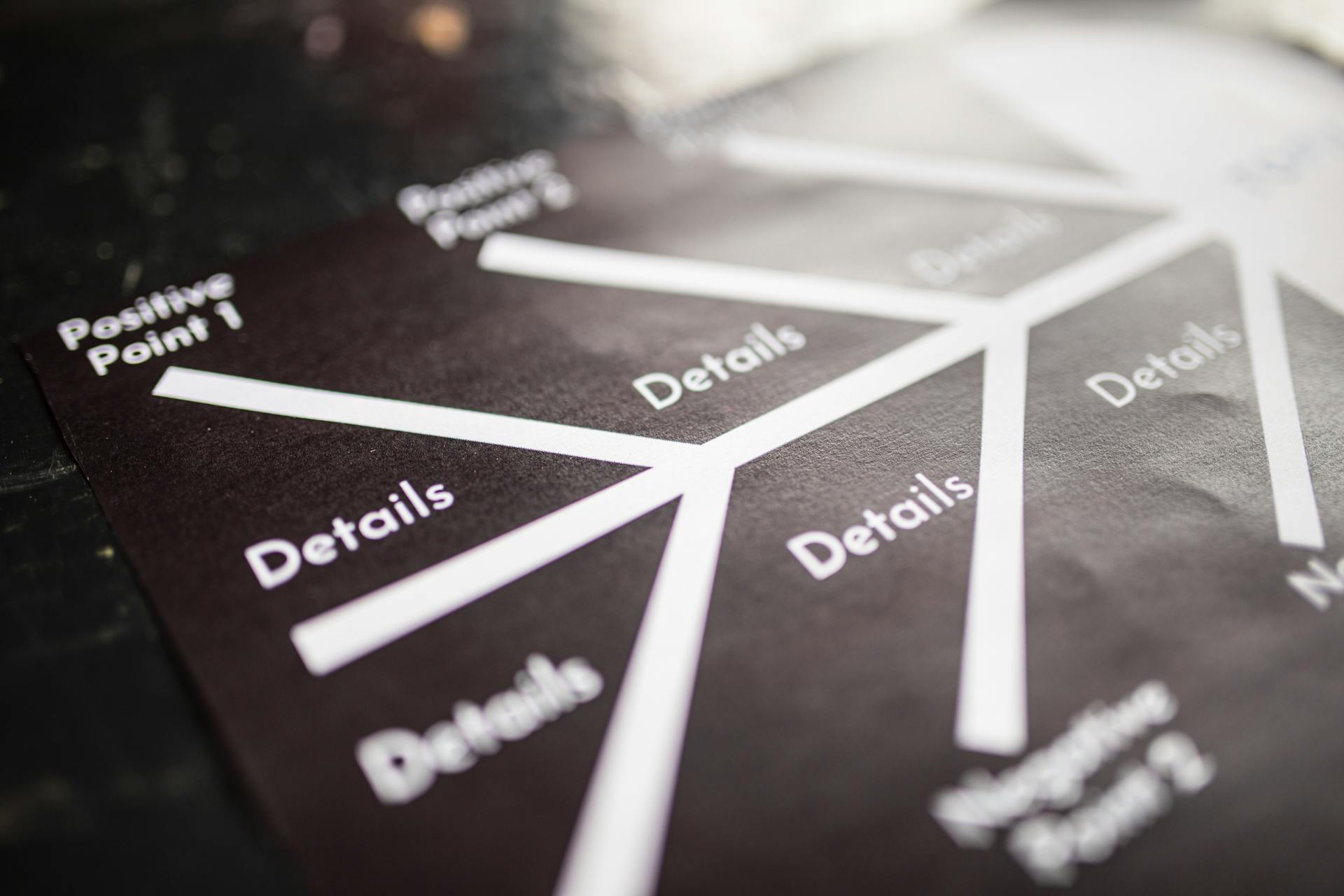


For making conversions please select the metric that you convert from, the value and the metric that you convert to ordinarily.



Designed By Freepik
Gabriel Mouton, born in 1618 in Lyon, France, and passing away in 1694, was a French priest and scientist renowned for his work in mathematics and astronomy. Serving as a priest at St. Paul Church in Lyon, his passion for scientific research positioned him among the leading scientists of his time. One of the most significant contributions of Mouton's scientific career was laying the foundations for the metric system. These efforts earned him great respect in the scientific community.
In 1670, Mouton proposed a measurement system based on the principles of the metric system in his work "Observationes Diametrorum Solis et Lunae apparentium." Mouton's system used a unit of measure based on the length of the Earth's meridian. This unit, called the "mil," later became the basis for the concept of the "meter." Mouton's proposal aimed to standardize measurements and improve the accuracy of scientific measurements. His suggested system significantly contributed to the development of the metric system, which was later adopted during the French Revolution and is still in use today.
Mouton's contributions to the metric system were not just theoretical but also practical. His work paved the way for the universal acceptance and use of measurement units, which was revolutionary for scientific studies and commerce. Gabriel Mouton is remembered as a pivotal figure in modern science and engineering for his emphasis on scientific accuracy and standards. His vision helped humanity eliminate uncertainties in measurements and achieve more reliable scientific data.